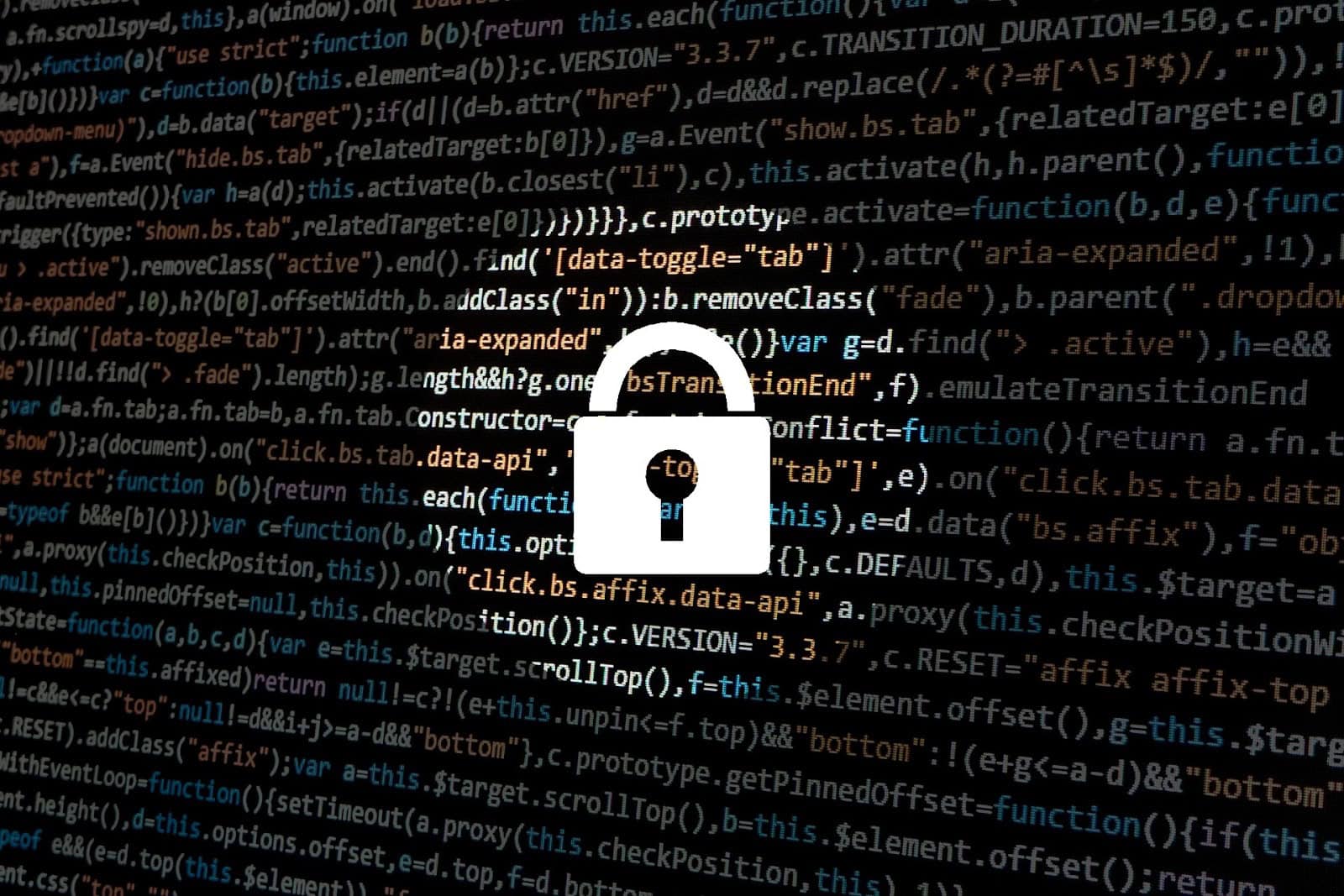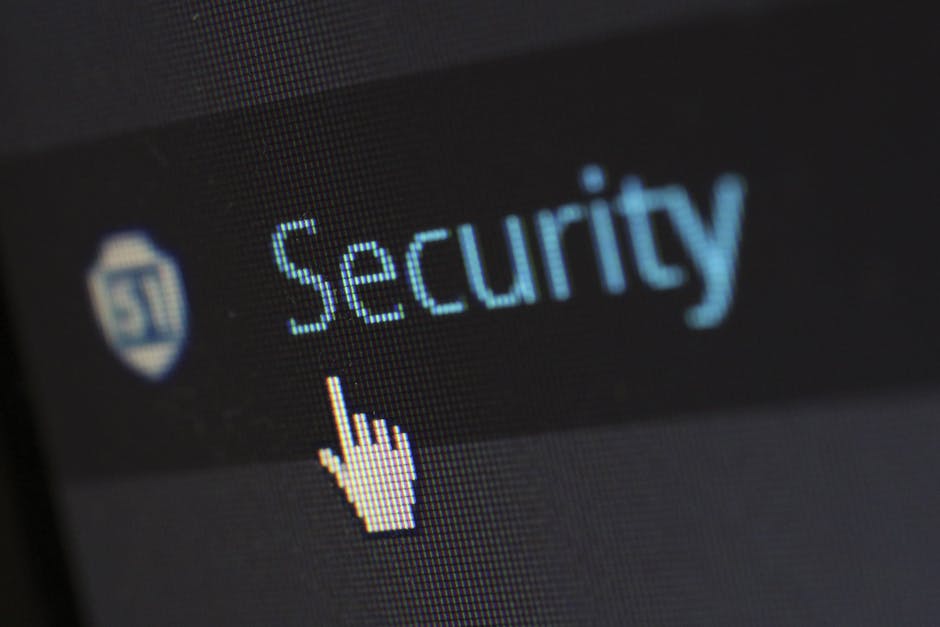Businesses face an ever-evolving array of challenges and opportunities. The digital age has ushered in unprecedented connectivity and efficiency, enabling businesses to operate on a global scale with ease. However, with these advancements come significant security risks that can compromise sensitive data and disrupt operations.
Cyber threats are becoming more sophisticated, targeting vulnerabilities in systems and networks and demanding that businesses remain vigilant and proactive. This document explores the intersection of technological evolution and security risks, offering insights into the measures businesses must adopt to protect themselves effectively in this dynamic environment.

Understanding the Current Threat Landscape
Businesses face a myriad of security threats that are constantly evolving in complexity and scale. Cybercriminals employ advanced techniques such as ransomware, phishing, and social engineering attacks to exploit vulnerabilities within corporate networks. Moreover, the rise of the Internet of Things (IoT) has expanded the attack surface, offering new avenues for exploits. Understanding these threats is essential for businesses to develop effective security strategies. Recognizing the nature and source of potential threats can help businesses implement better defenses and prioritize their cybersecurity investments.
The threat landscape is further complicated by the presence of insider threats and the sophistication of state-sponsored attacks. Insider threats can stem from current or former employees who have access to sensitive information and systems, posing a risk from within. Meanwhile, state-sponsored attacks often target specific industries to gain intellectual property or disrupt operations for geopolitical advantages. By staying informed of these threats, businesses can be more prepared to detect warning signs and quickly respond to potential breaches.
Implementing Robust Security Measures
To combat these threats, businesses must implement robust security measures that encompass both technology and human elements. On the technological front, adopting advanced solutions such as artificial intelligence-driven threat detection, comprehensive firewall protection, and multi-factor authentication systems can significantly reduce exposure to cyber threats. These measures not only detect and mitigate threats in real-time but also provide a secure framework to safeguard critical assets and data.
However, technology alone cannot guarantee security; staff education and awareness are equally crucial. Regular corporate success training programs that educate employees about safe online practices, recognizing phishing attempts, and adhering to data protection policies are essential. Plus, with a passkeys manager, staff can securely manage and store passwords for various applications. Additionally, businesses must implement strict access controls to ensure that only authorized personnel have access to sensitive data and systems.
Maintaining a Proactive Security Posture
In addition to implementing security measures, businesses should adopt a proactive approach to security that includes continuous monitoring and assessment of their security posture. Regular security audits and vulnerability assessments can help identify weaknesses and offer insights into potential areas of improvement. By proactively addressing vulnerabilities, companies can reduce the likelihood of breaches and limit potential damage.
Staying ahead of the curve also involves staying informed about the latest cybersecurity trends and best practices. Engaging with industry experts, participating in cybersecurity forums, and subscribing to threat intelligence services can provide valuable information to guide security strategies. Fostering partnerships with cybersecurity firms can offer additional support and resources, helping businesses maintain a robust and adaptive security posture in an ever-changing threat landscape.

As the digital landscape continues to evolve, businesses must remain vigilant and adaptable to the ever-changing security risks that accompany technological advancement. Implementing robust security measures, both technological and human, is crucial for protecting sensitive data and ensuring operational continuity. By understanding the current threat landscape and adopting proactive security postures, businesses can significantly reduce their risk exposure.
Continuous education, regular security assessments, and staying informed about industry trends are essential to maintaining resilience against cyber threats. Ultimately, safeguarding against these dangers is an ongoing commitment, requiring dedication to both innovation and precaution to effectively navigate the complexities of the cyber world.
